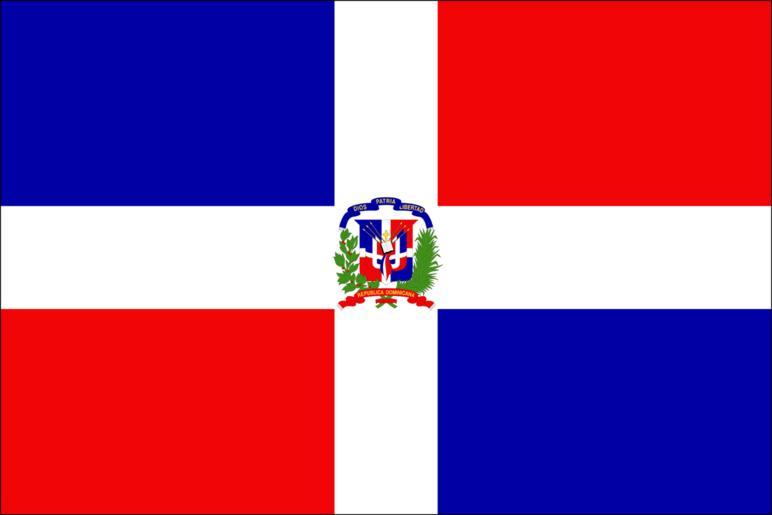

The history of the Dominican Republic starts in 1492. This is the time when the Genoa-born navigator Christopher Columbus made the discovery. He came across this large island while traveling through the western Atlantic Ocean and named the region – ‘The Caribbean’. So, the official history of the Dominican Republic began over 500 years ago!
Unfortunately, no history exists regarding this place before the arrival of European settlers. Most historians believe that the Taino Indians (Arawak people) were living here before the Europeans. When these western settlers came here, they took no time to conquer the island and the native population could only perish.
As of right now, the Dominican Republic has a population of 11,119,710. This estimate comes from the most recent United Nation data. In the middle of 2020, its population was 10,847,910 approximately. The population of this island nation makes up only about 0.14% of the total world population and is the 85th most populated country in the world. Its population density is around 225 per square kilometer, which implies that the total land area is around 48,320 square kilometers. Interestingly, 85% of the population lives in urban areas as per the data 2020 and the median age of the population is 28 years only.
The term ‘Dominican’ means ‘from Santo Domingo’ which is the name of the island’s main metropolitan. This word comes from the priest order of ‘Dominicus’. After the country got its independence from the Spanish settlers in 1838, the founding father – Juan Pablo Duarte added the term ‘Republic’ to the original name. So, it became the Dominican Republic. Previously, the name of the island was – ‘Hispaniola’. This name was given by the ruling Spanish authority at the time.
The Dominican cuisine incorporates the cooking styles & tastes of the Spanish, Taino, and African cultures. The country has a huge variety of creole recipes – recipes of western origin with an African touch.
Each region in the country has its own set of traditional recipes. However, most dishes have some common ingredients like white rice, green beans, cocoa, yucca, chili, sweet potato, banana, avocado, etc. Dominicans prefer heavy breakfasts and lunches. The dinner options tend to be less taxing on the digestive system.
Some of the most famous dishes of this country are as follows:
Some of the biggest metropolitan cities in the Dominican Republic are – Santo Domingo (the capital), Santiago de los Caballeros, San Cristóbal Province, Puerto Plata, Santo Domingo Este, Santo Domingo Oeste, etc.
The Dominican Republic went through drastic urbanization in the late 20th century and by the 90s, 66% of its population was living in urban areas. The country has a mixed economy and is heavily dependent on services like tourism, finance, manufacturing, telecom, construction, agriculture, remittances, etc.
It exports a large amount of sugarcane and a smaller amount of cocoa, coffee, and tobacco. It has a thriving middle-class population with a high economic growth rate.
Since the 80s, the country has become a popular choice for western tourists due to its pleasant climate, breathtaking beaches, and Spanish architecture. The low cost of living is another factor responsible for drawing so many tourists.
Additional Resources:
Peru
Mexico
Canada
Scotland
Japan
Russia
Discover five warning signs that indicate it’s time to replace your car. From repair costs…
Having PPE on hand isn’t enough to protect your team. Learn how to enhance safety…
When it comes to maintaining or upgrading a home, roofing is often one of the…
When it comes to maintaining the integrity and value of your property, a sturdy roof…
When it comes to maintaining and enhancing the integrity of any structure, the quality of…
Rhode Island, renowned for its scenic coastlines and historic architecture, presents unique challenges and opportunities…